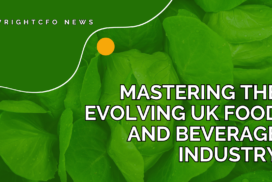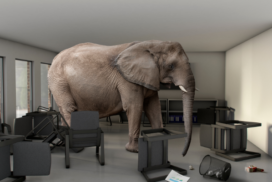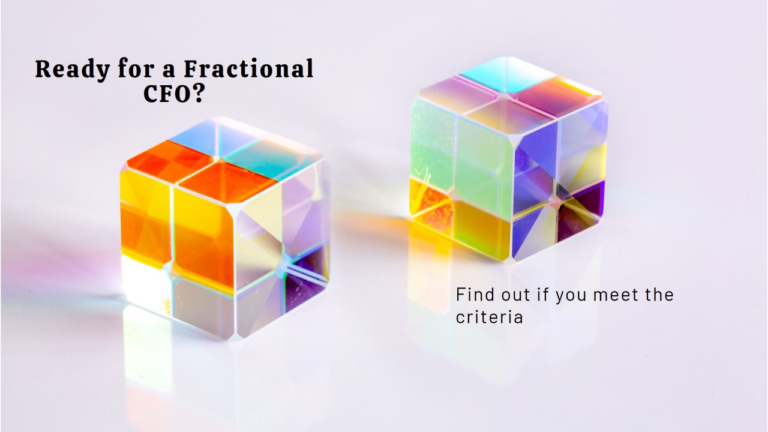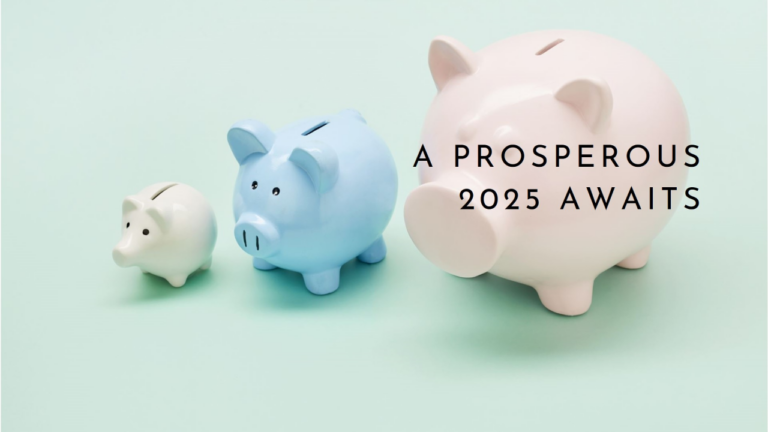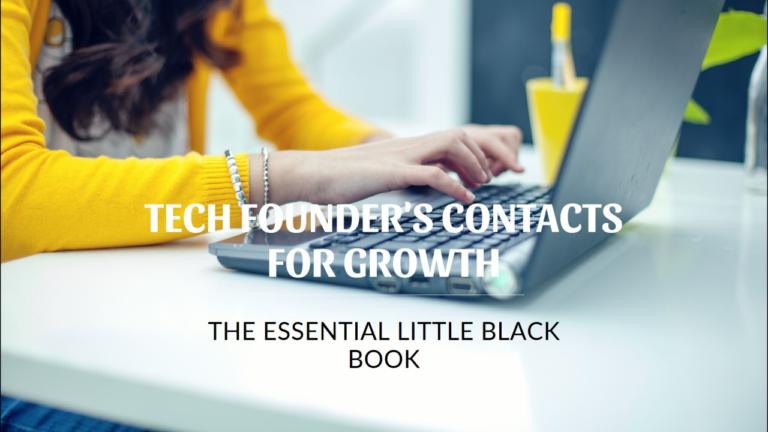The term
circular economy is not new, and there is some debate as to who came up with the original concept. As with many ideas of its kind, the concept likely evolved concurrently as different factions strove to develop a more sustainable economic model.
Definition of Circular Economy
In their 1976 report for the European Commission, Walter Stahel and Genevieve Reday described a vision of
an economy in loops.The Ellen MacArthur Foundation defines the
circular economy as ‘an industrial economy that is restorative or regenerative by value and design.’
The three principles of a circular economy, or CE, are:
- eliminating waste and pollution
- circulating products and materials
- the regeneration of nature
By contrast, in a linear economy, natural resources are turned into products ultimately destined to become waste due to the design and manufacturing process.You can already see that the CE model aligns with more modern sustainable business concepts, such as
ESG criteria. Adopting this approach to your business plan would go a long way to achieving
net-zero business targets.
There are some potential disadvantages to the CE model. However, these are not so much disadvantages as setbacks that can be addressed.
Applying the Circular Economy Model
CE is particularly appealing as it can be adopted by individuals and developed from the ground up, driving change in the process. It should be a centralised model. But it can be a decentralised model embraced by business pioneers.By adopting a CE approach to different aspects of your business, you can develop a phased plan to achieve net-zero targets in an acceptable timeframe and consideration of your budget.
Take the three main principles of CE,
- eliminating waste and pollution
- circulating products and materials
- the regeneration of nature
And apply them to aspects of your business such as.
- business premises and services
- product or services offered
- workforce requirements
- customer requirements
- supply chain
Once you have analysed each of these (list not exhaustive), you can compare costs to improve your performance concerning the CE model and prioritise your actions.No business will be in a position to tackle all of these transitions overnight. But there is nothing wrong with having a phased plan, only having no plan at all.
As always, involve your workforce in this process. And communicate your intent to your customers and supply chain. You can be a leading example and even foster change within your sector and the companion industries that interact with yours.
It is vital to note that this kind of business transition is self-serving. Ultimately, only sustainable businesses will survive. Don’t see this as an encumbrance. It is an opportunity. Take the time to make the process work for you.
Getting Support for Your Business Transition
There are numerous support vehicles available for implementing the circular economy model into your business. And many of them are free. We have chosen a few to get you started.The Ellen MacArthur Foundation offers free resources for businesses, including events and publications. Furthermore, you can apply to join their network, allowing you to collaborate with other companies and benefit from their expertise and experience.
Find out more here.Circular Tayside lists a wide variety of training resources on the circular economy, many of which are free and held online. You can see a complete listing here.
EdApp, a free microlearning-based learning management system, offers a free course entitled Sustainability and the Circular Economy, which defines the principles of sustainability and why it’s essential. You can access it and deploy it to your team or workforce here.
ReLondon is a support mechanism for SMEs to create sustainable value beyond profit. They offer advice, grants and networking opportunities. You can find out more here.


